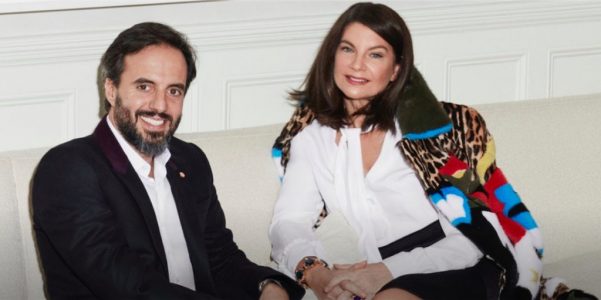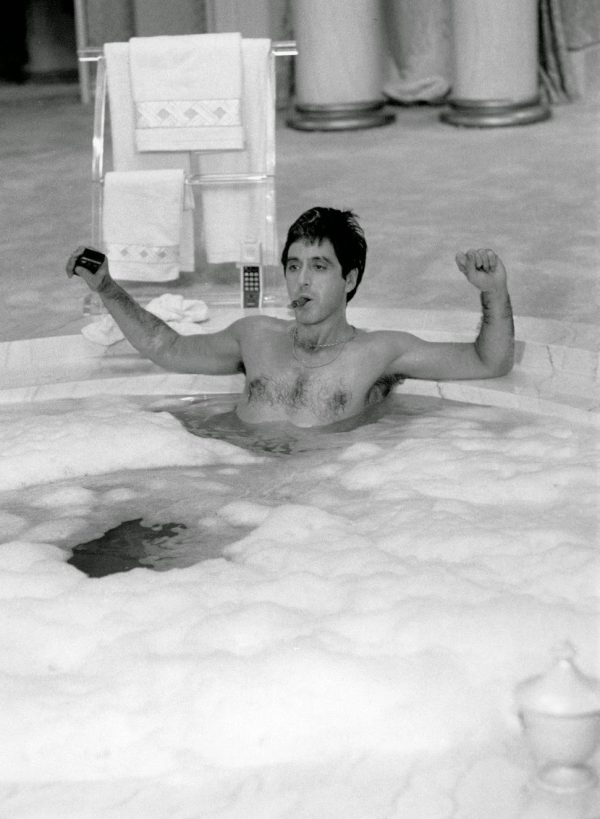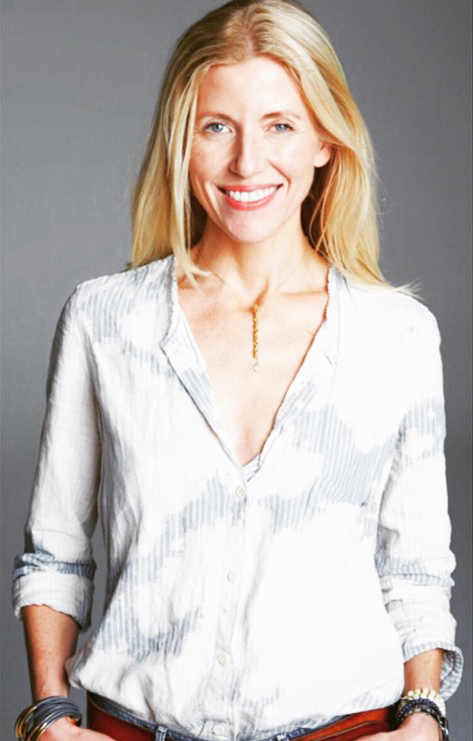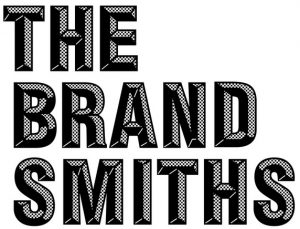
Does it matter?
Is having a sense of familiarity or good vibe with a new colleague / client / customer a predictor of whether it will be a match made in (professional) heaven? We know working with people who finish our sentences, think we’re hilarious / brilliant / talented feels invigorating, at least at the outset of a working relationship. But what about less inspired collaborations? Is there anything to be learned from chemistry-free scenarios?
In new relationships, naturalness and ease are some of the first things that we all notice. When it’s good, we are quick to jump ahead in our minds, assuming that the work will flow and the results will deliver. When the vibe is not present, it’s easy to assume a lesser work product will be inevitable.
So if chemistry positively imbues the process, and process is directly connected to product, wouldn’t it make sense that outcomes are better with chemistry? Should we only seek out “our people” — and dismiss the rest?
I wonder. In equal measure I’ve had love-at-first-sight collaborations that didn’t end up producing the creative fireworks I imagined, and underwhelming first impressions that grew into future returns I assumed were improbable (impossible, if I’m honest.)
So I’ve been trying to decide if chemistry really matters when it comes to performance, because while it makes everything feel good, it doesn’t seem to be predictive of an optimal outcome. And conversely, when it’s lackluster, it doesn’t preclude exceptional thinking.
It’s always nice to have a warm room — but if there isn’t one, I have learned to find just as big an opportunity. You get to see how your talent stands alone, in colder temps, sans the natural serotonin that flows with the warm fuzzies.
It’s a worthwhile assessment.






